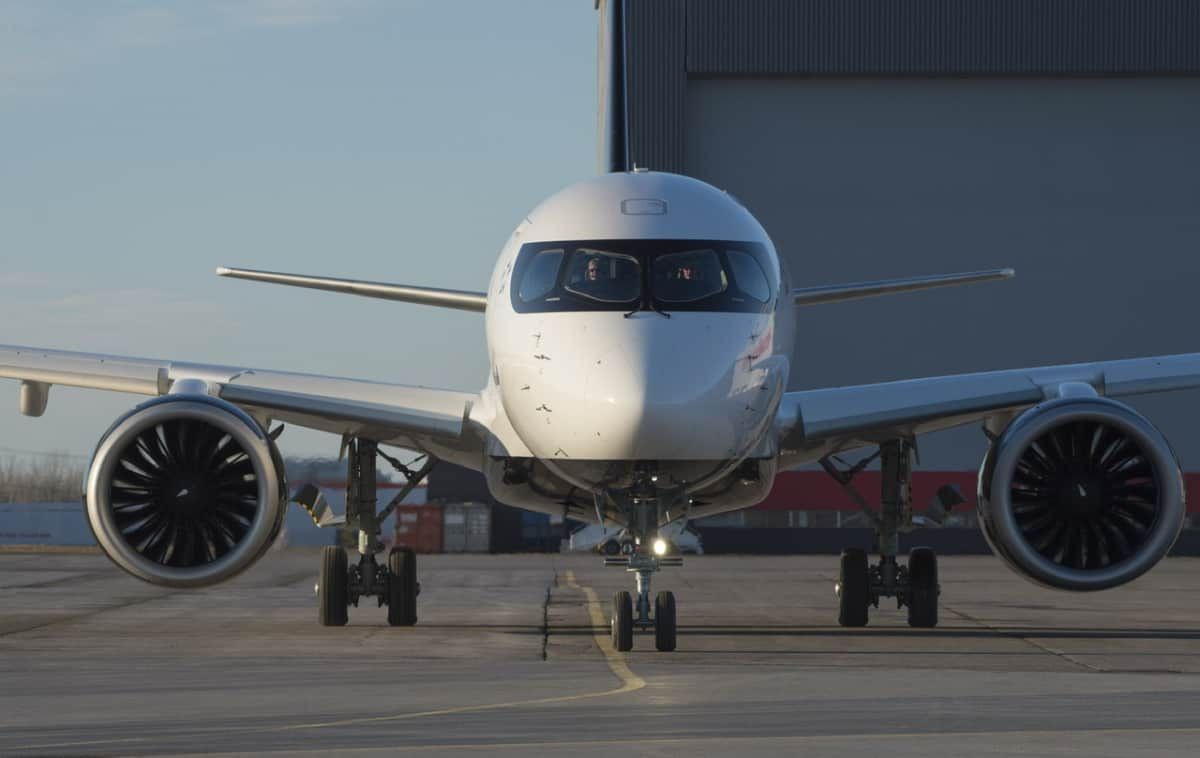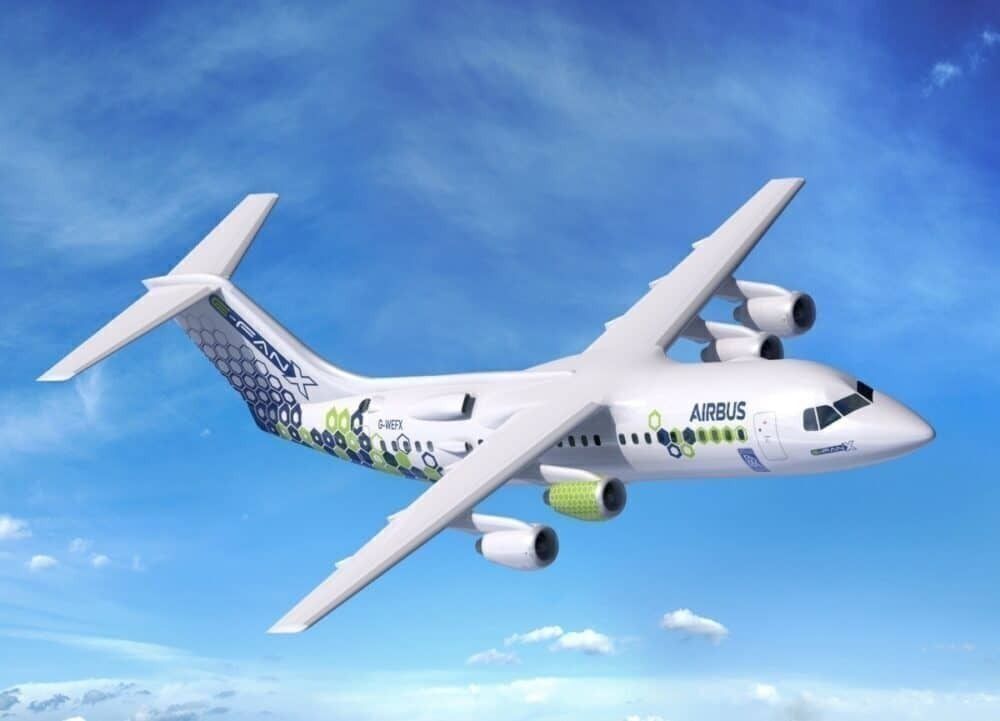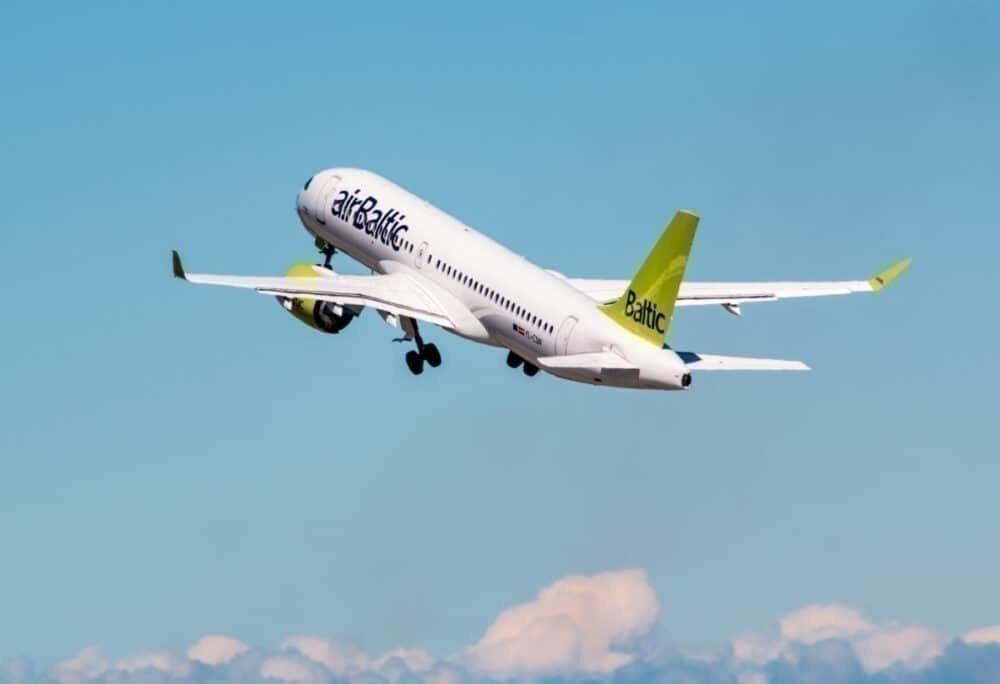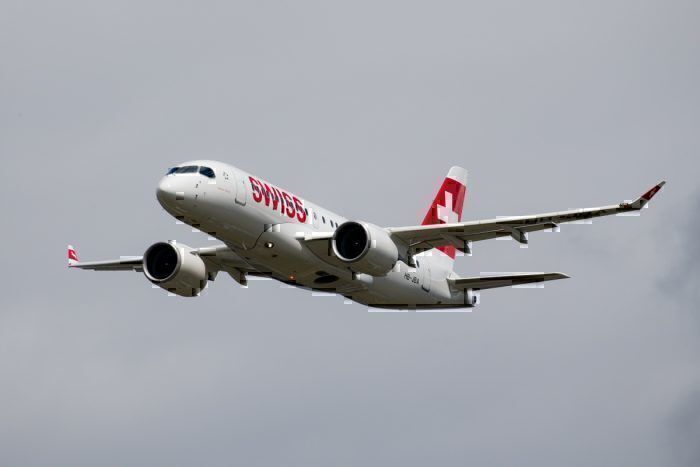Airbus is planning an emissions-free aircraft by 2035. Simultaneously, it is working on a replacement for the A320 family. It was widely believed that these two projects would convene to make the new A320 the world's first emissions-free commercial plane. However, comments made by Airbus CEO Guillaume Faury today suggest that we could, in fact, be looking at the A220 as the CO2-free flying machine of the future.
An emissions-free aircraft
At the end of April, it was revealed that Airbus would scrap its E-Fan X electric hybrid jet project. In partnership with Rolls-Royce, the project had been rumbling along since 2017, using a BAe 146 quad jet but with one electric engine in place of a traditional turbofan. The abandonment of the project was a surprise but did not mean Airbus is out of the low carbon aircraft market.
Earlier this month, France revealed a €15bn ($17bm) state aid package for the aeronautical industry, which included €1.5bn for Airbus to develop the planes of the future. For this funding, France wanted Airbus to work on an emissions-free aircraft capable of running on 100% clean energy by 2035.
In an interview with German publication Die Welt, published today, CEO Guillaume Faury spoke about the aid received, and what the new aircraft could look like. It was previously speculated that the emissions-free plane of the future would be a successor to its best-selling A320 family aircraft. However, Faury suggested that it could well be something else. He said,
"Some decisions have not yet been made. The A320 family now covers a wide range of applications and areas of application. We would not take the risk of replacing everything at once. It could start with smaller, shorter range models."
Airbus fans will know there is only one aircraft product line that is smaller and shorter-range than the A320 family, and that's the A220. Could Airbus be planning to make an emissions-free A220 first?
Why the A220 would be the ideal emissions-free aircraft
The A220 has some distinct advantages that could make it the ideal aircraft to modify for an emissions-free operation. As a clean-sheet design, the base aircraft is decades younger than the A320 family, the latter being a product line that hasn't fundamentally changed since its first flight in 1987.
As a result, the A220 has managed to combine the best of 21st-century aerodynamics, materials and cutting edge technology. Its low drag nose and tailcone design are augmented by optimized wing aerodynamics for peak efficiency. Its titanium and aluminum-lithium alloy construction makes it lighter and cheaper to operate.
The result is an aircraft that has 20% lower fuel burn per seat than the previous generation of aircraft. With such a superb platform to work with, it would make absolute sense to target this modern airframe first, and then expand technologies onto the larger short-haul family of jets.
Aside from the advantages of the airframe itself, the A220 is poised to be a gamechanging plane in the post-pandemic future, thanks to its operational efficiencies and lower capacity. And, of course, it's far easier to make emissions-free technology function on a smaller plane first.
What would the emissions-free A220 look like?
In terms of aesthetics, a carbon-free A220 would likely not change very much from what we have today. The current model already makes the most of the latest materials and technologies. However, the Pratt & Whitney PW1500G geared turbofan engines would need to be adapted to a new source of power.
Speaking to Die Welt, Faury was asked whether the new emissions-free aircraft would be a hybrid aircraft with an electric drive, much like that which was being worked on for the E-Fan X project. Faury said,
"There are different technology paths. Nothing has been decided yet. We are investigating more electrical power onboard, different fuels that are CO 2 -free and hydrogen. Most of these developments are already in use in other industries.
"We have about five years to bring these technologies to maturity for air traffic too. We have to invest more money in demonstrators and smaller projects. We want to be able to make a decision by 2025. Our goal is an emission-free aircraft in 2035."
Do you think the A220 would make an ideal emissions-free aircraft? Let us know in the comments.




